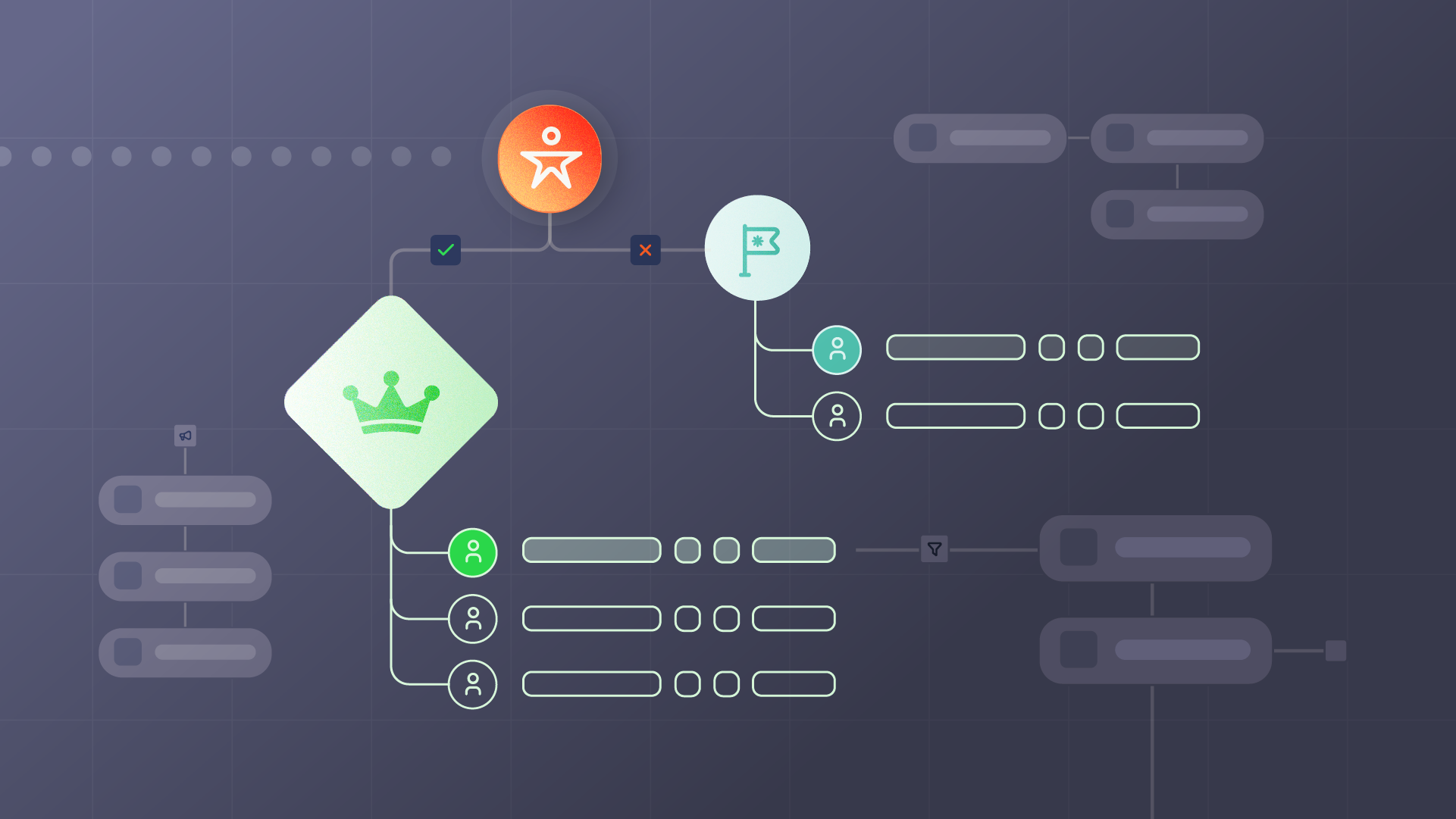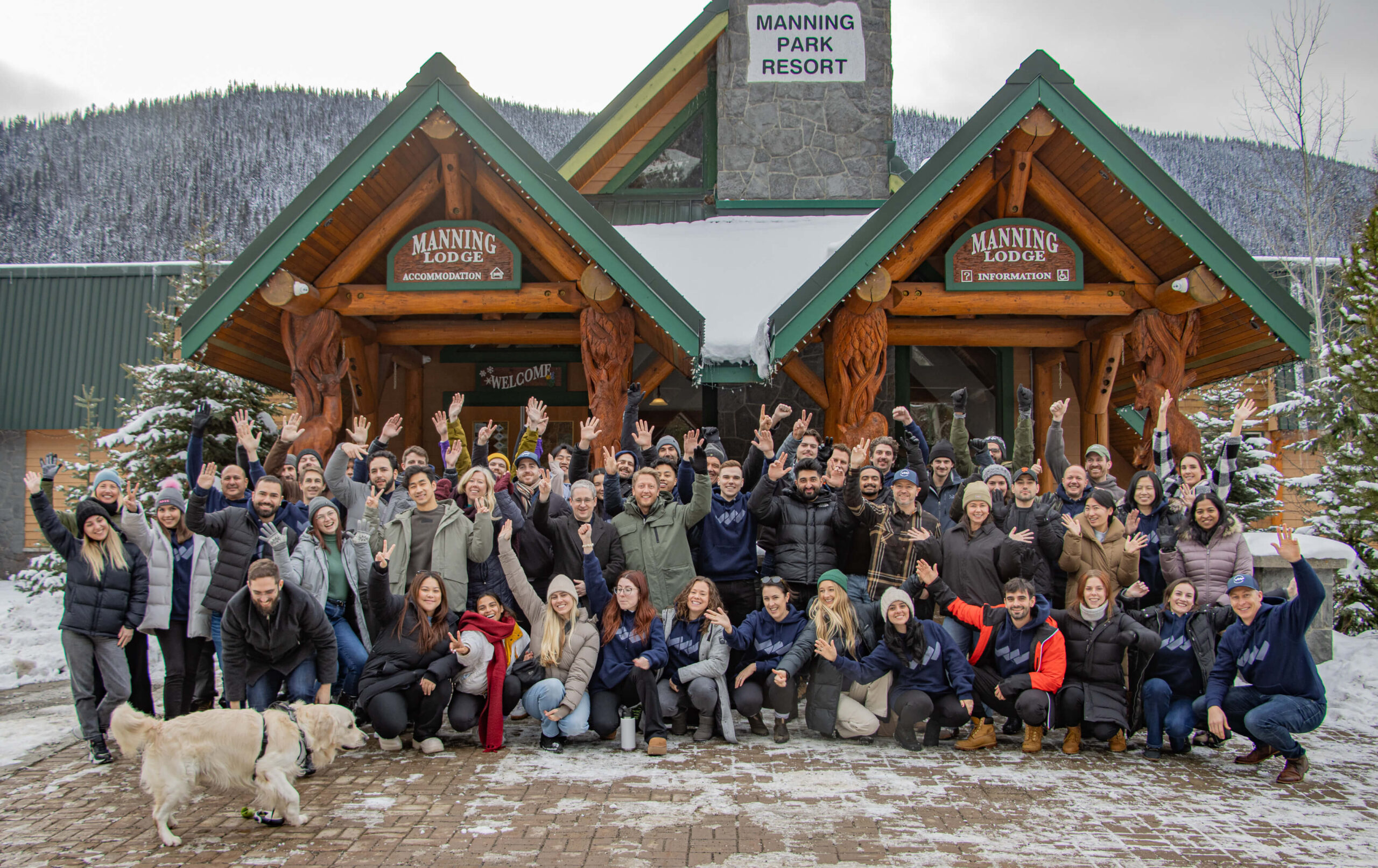Why we built this
“Why’d that lead get routed? Why didn’t that lead get routed?”
The answer is never simple, especially when dealing with lead volume at scale. When routing errors happen, we hear over and over again that visualizing the lead journey retroactively is a must.
When the path a lead has traveled is visible and stored in Salesforce, the tools are at your disposal in times when audits are necessary.
Visual history log
What we built: A visual history log that maps the path a lead took at the point of entry through each routing decision
Why we built it: Nobody likes to deal with the things that go wrong. But when things do go wrong, teams need to be able to uncover the root cause.
Kristen Bricker from Cisco, wanted the ability to view the results of match steps and the path that a lead traveled in a flow.
We built this because our customers saw an opportunity to better their roadmap, and we could help them get there.
Our team started digging into these challenges and consulted various customers on what they specifically wanted when viewing a visual history log.
As a result, end users were better able to:
- Understand why a record was routed and which flow it was run through
- See which path a record took through a flow
- Check which fields were changed at each step and how they were changed during a flow step
You can also uncover lost leads that slip through the wrong path by mapping out all the touchpoints across the lead lifecycle and identify common drop-offs or misrouting issues proactively.
Conclusion
RevOps professionals aren’t stopping anytime soon – and neither are we.
They’re continuing to push the boundaries finding new and innovative ways to move faster, put data in motion, and take control of their day.
Whether you’re a longtime customer or a new friend, we can’t wait to help you achieve that mission.
Do you have a unique way that you’re putting data in motion?
Maybe you need a hand solving your own set of RevOps problems.
Either way, we’d love to help you out.




